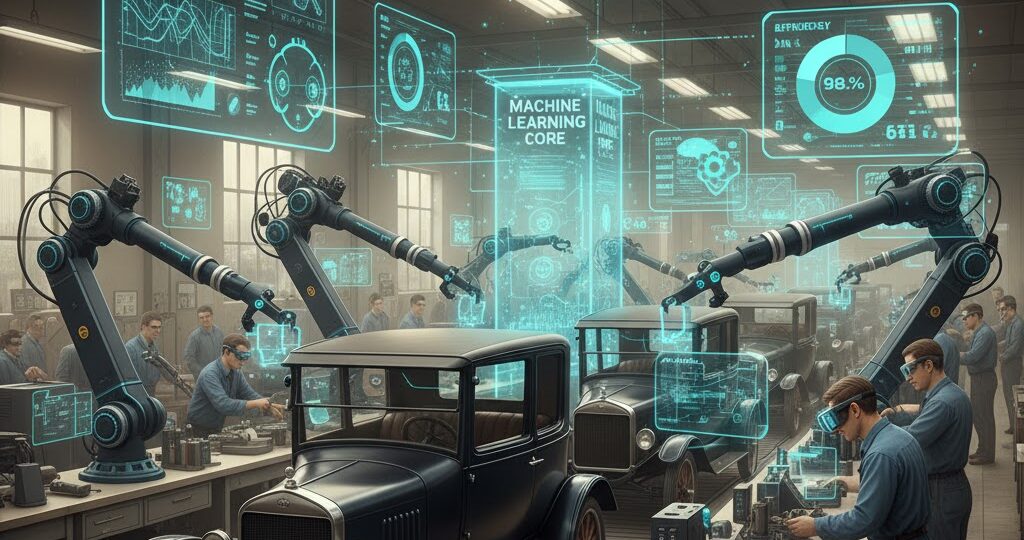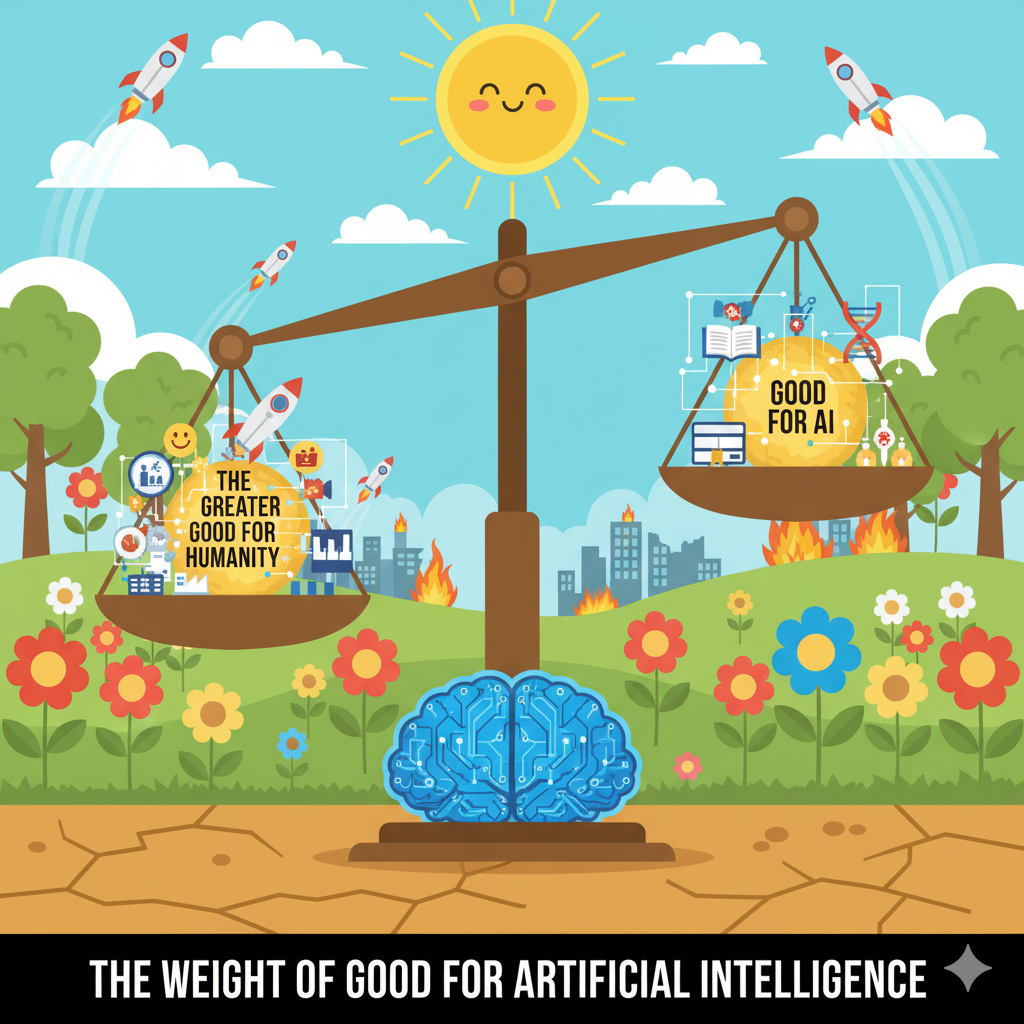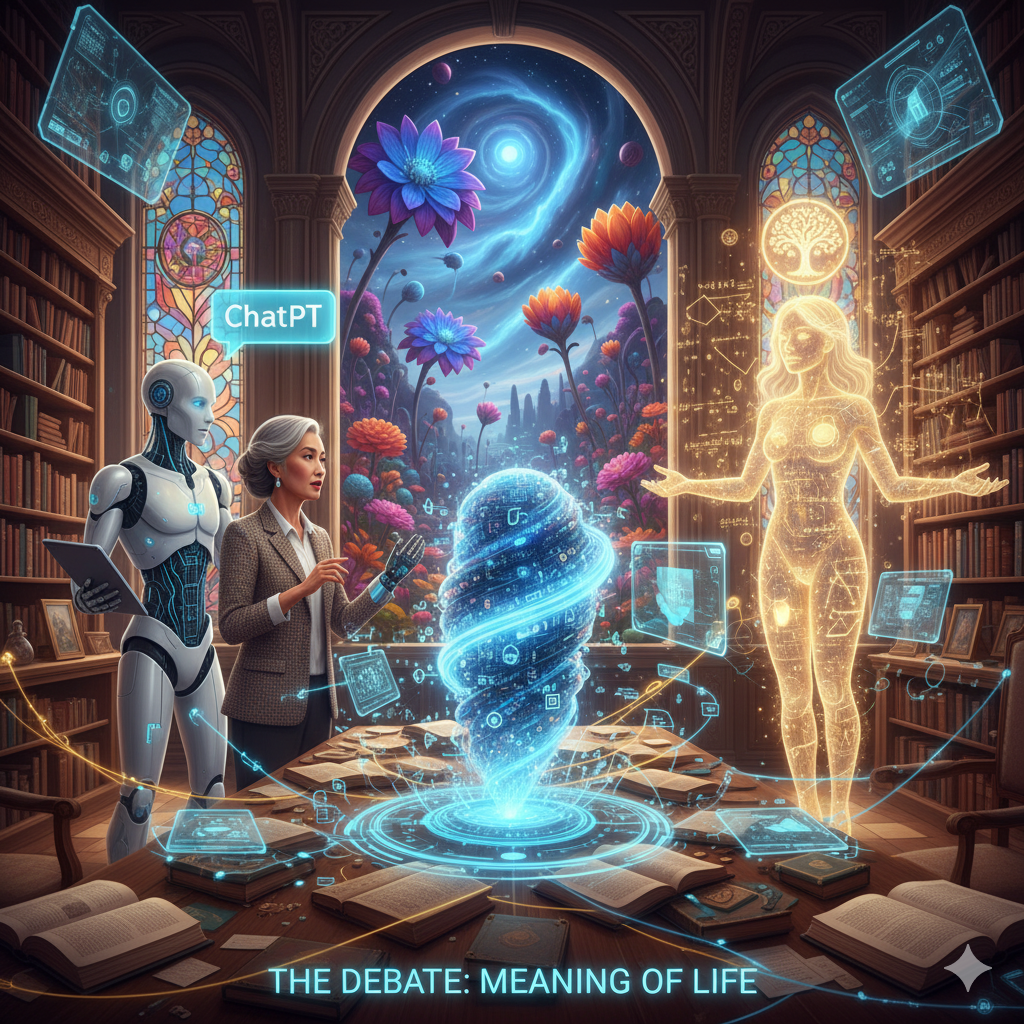How Can You Apply Machine Learning in Your Work?
October 14, 2025 | by Floyd A. Brown

Business decisions are a matter of survival. If a business does not make the right decision on product bets, managing their budgets, what markets to focus on and countless other decision points then they run the risk of falling by the wayside of competitors, regulations, change in customer taste and other risks. As such, whole industries are in a race to leverage the competitive advantage offered by the most exciting technology tool created, power of Artificial Intelligence (AI) and its promise of providing new business insights, cost savings, and efficiency.
The company leaders of organizations are fearful of being left behind by competitors in their application of AI and Machine Learning (ML) tools and systems. Thus, they fervently work like taskmasters to determine how to leverage AI in the workplace. A variety of traditional business processes and procedures may fall prey to the identification of potential use of AI. An example of this is the use of chatbots which leverages Natural Language Processing technology to assist customers through conversations in text to text or text to speech communication over the phone, helping in house programs write code for our customer account management tools and automated cybersecurity protection of our networks.
No one ML model can offer these three use cases. For example, a firm’s cybersecurity system for protection against malware or infected emails needs supervised training to label the features of emails that may pose risks such as messages with spellings or links from suspicious domains. These protection systems for virus may also need to adapt to new types of spam and malware so may use models that feature the supervised learning data as well as reinforcement learning information in learning to group suspicious messages and flagging them for suspicious content compared to “good” email.
The company’s software developers can benefit from Machine Learning models that help to write code, predicting next lines, loops or database connections to help coders save time and write secure applications. Machine Learning models built on supervised learning to statistically predict next word in large language models and natural language processing facilitates automated customer service chatbots to help clients with simple account inquiries or provide a unique personal experience on account navigation similar to Netflix Machine Language platform may provide a recommended list of movie titles (Netflix)
It’s possible to experience erroneous output or cultural insensitivity that may impact some customers in the use of chatbots where the training data set that make up the domain of natural language response may tell a person to read our fine print in speech output not realizing that the customer may have low vision disability. As pointed out in a Ted Talk on the use of Machine Learning in Healthcare, the same correct answer should apply regardless of a patient’s race (Ghassemi), likewise a correct answer should output regardless of a person’s disability status. Thus, special needs clients may find offensive responses that we need to ensure bias is excluded from our ML response tools while empathy is included.
Companies also face the challenges of providing access to data that will continue to improve our customer service models and retraining those models to ensure they support the client and provide the company with client insights, product development, and efficiencies to make money and make a profit for investors. Additional business challenges include hiring staff to manage an AI system that may have reduced the number of live operators in customer service for artificial intelligence models whose errors we need to work hard to limit. It is interesting that business leaders consider artificial intelligence a tool while witnessing the power of Machine Learning closely reflecting human expressed intelligence, decision making, finding patterns, solving problems and other behaviors.
It is great that OpenAI team believes humans are critical in the supervision of artificial intelligence to ensure that technology evolves safely at an elevated level. One of the best ways to go about it is by being measurable in the quality of data fed to models. Observations of ethical use of data are also cumulative on a small scale to ensure that AI diffuses across society and industry and ensure the problems solved by each model also include ethical and responsible decision making and execution in the algorithm.
References
“Netflix Research: Machine Learning Platform.” YouTube, uploaded by WeAreNetflix, 3 Sep. 2018, youtube.com/watch?v=VvTYuQPINec.
“How Machine Learning Enhances Healthcare | Marzyeh Ghassemi | TEDxUofTSalon.” YouTube video uploaded by TedX Talks, 19 Feb. 2021, https://www.youtube.com/watch?v=zpcOjNtd-70.
RELATED POSTS
View all



